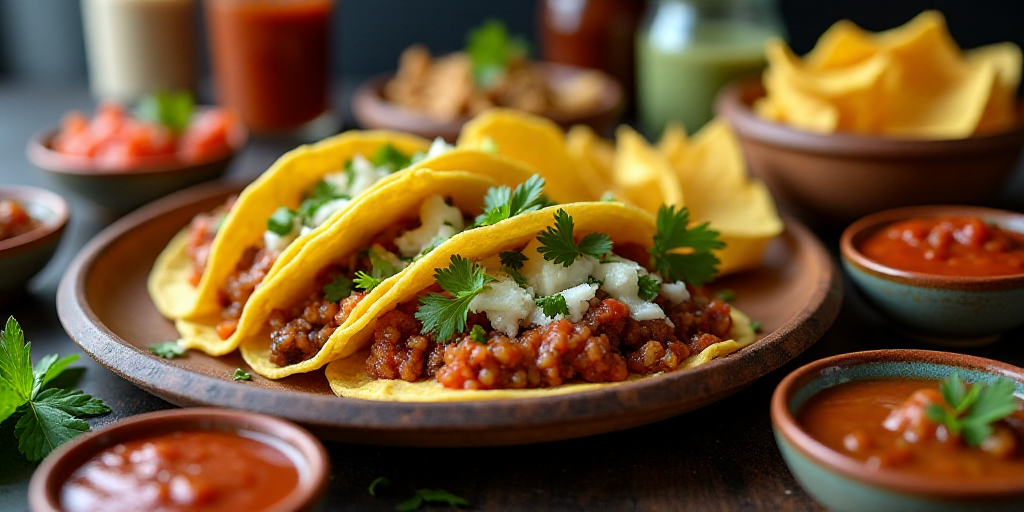Introduction
Every 27th of September, the World Tourism Day is commemorated. Between 2018 and 2025, Mexico transitioned from having a nascent potential to becoming a global culinary powerhouse. The tourism in Mexico has historically been an economic pillar, but in recent years, the gastronomy has evolved from being a complement to a tourist attraction in itself. Today, 3 out of every 10 pesos that a tourist spends in Mexico goes to the table, reflecting the growing importance of this industry in the national economy.
Tourism Spending on Gastronomy
In the summer of 2025 alone, visitors – totaling 48 million– left a spill of 818 billion pesos, with 245 billion dedicated to culinary experiences. These ranged from street tacos to gourmet tasting menus in award-winning restaurants.
Global Context and Growth
In global terms, tourism contributed nearly 14.9% to the national GDP in 2024, and the World Travel & Tourism Council (WTTC) projects that in 2025, it will reach a historic high of 15.1%, valued at 281 billion dollars. Within this framework, restaurants and bars already represent almost 15% of the tourism PIB.
Evolution 2018–2025: From Potential to Consolidation
In 2018, Mexico was viewed as a “rough diamond” in gastronomy. Although Mexican traditional cuisine had been recognized by UNESCO as Intangible Cultural Heritage since 2010, only 9% of tourism jobs were linked to gastronomy, compared to 50% in countries like Spain or France.
The pandemic in 2020 halted this growth but also presented an opportunity: domestic tourism rescued thousands of regional kitchens, markets, and traditional cooks. Since then, gastronomy has become the vehicle for recovery.
By 2023 and 2024, the numbers confirmed this: 67% of travelers spent more on food than any other activity, and 44% chose a destination because of a particular restaurant.
Mexico vs. the World
On the global map, Peru, Spain, and France lead culinary tourism rankings. However, Mexico is now competing at the highest level.
In 2025, Quintonil (CDMX) occupied the #3 spot in The World’s 50 Best Restaurants list. In 2023, chef Elena Reygadas further enhanced Mexico’s prestige by receiving the award for Best Female Chef in the World.
Cities like Ensenada and Mexico City have been recognized as Creative Cities of Gastronomy by UNESCO, while Puebla holds the title of Ibero-American Capital of Culinary Culture. These recognitions, along with Sectur’s official routes, place Mexico among the elite of international culinary destinations.
Tourism Secretary’s Perspective
According to Tourism Secretary Josefina Rodríguez Zamora, “in Mexico, eating well is also making one’s homeland.” In 2025, this phrase translates into record-breaking figures, international recognition, and most importantly, millions of tourists discovering that the deepest way to understand the country is by tasting what’s cooked in Mexico.
Key Questions and Answers
- What is the significance of World Tourism Day? Celebrated annually on September 27, it highlights the importance of tourism and its potential to foster international cooperation.
- How has Mexico’s tourism evolved? It transitioned from being primarily an economic pillar to a global culinary powerhouse, with gastronomy now being a major attraction.
- What percentage of tourist spending in Mexico goes to food? Currently, 3 out of every 10 tourist dollars are spent on food.
- What global rankings does Mexico hold in culinary tourism? Despite competition from countries like Peru, Spain, and France, Mexico is competing at the highest level with accolades such as Quintonil’s #3 ranking in The World’s 50 Best Restaurants and chef Elena Reygadas’ Best Female Chef in the World award.
- How has Mexico’s domestic tourism contributed to its culinary scene? Domestic tourism has rescued regional kitchens, markets, and traditional cooks, becoming the vehicle for recovery in Mexico’s culinary tourism.






